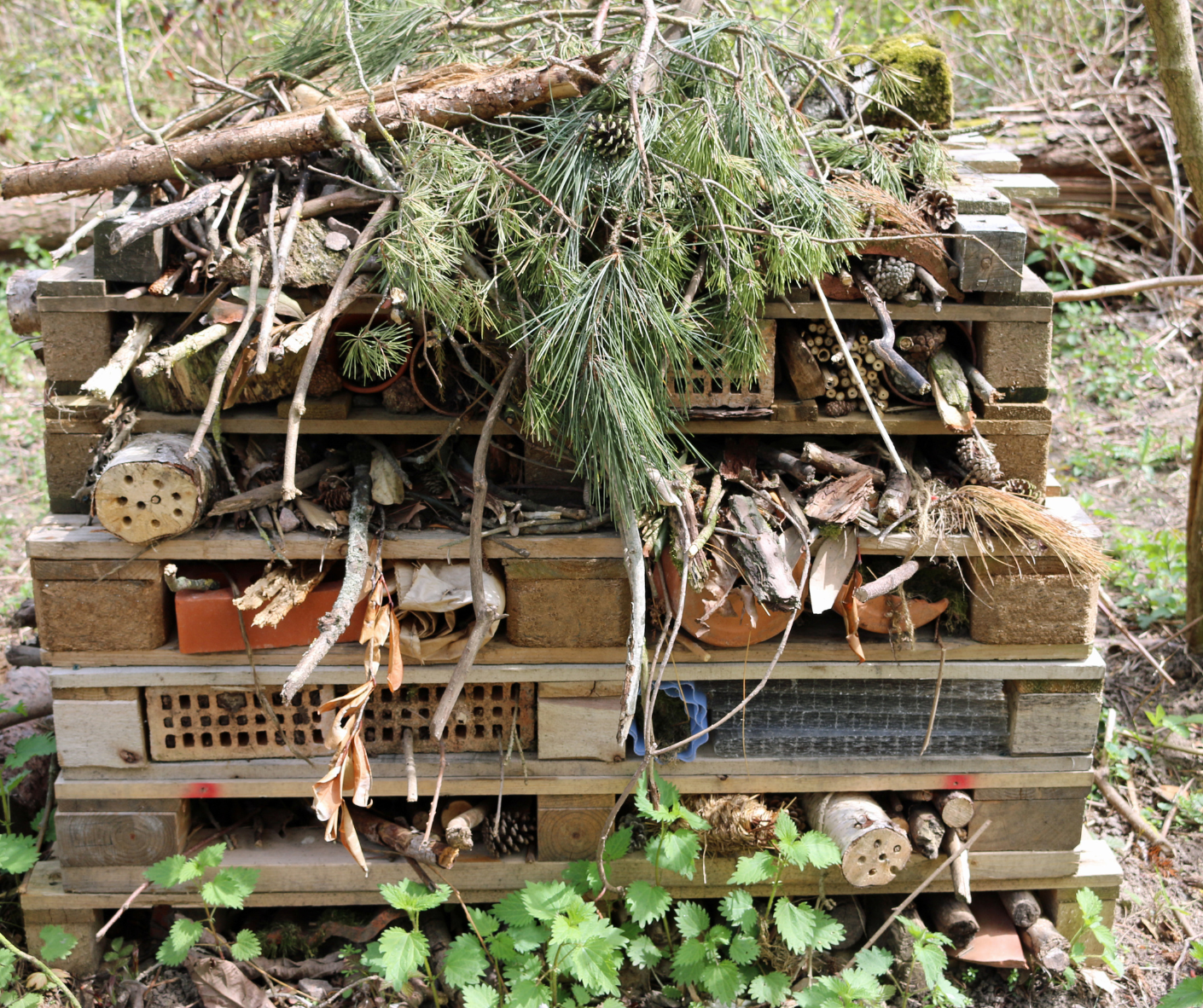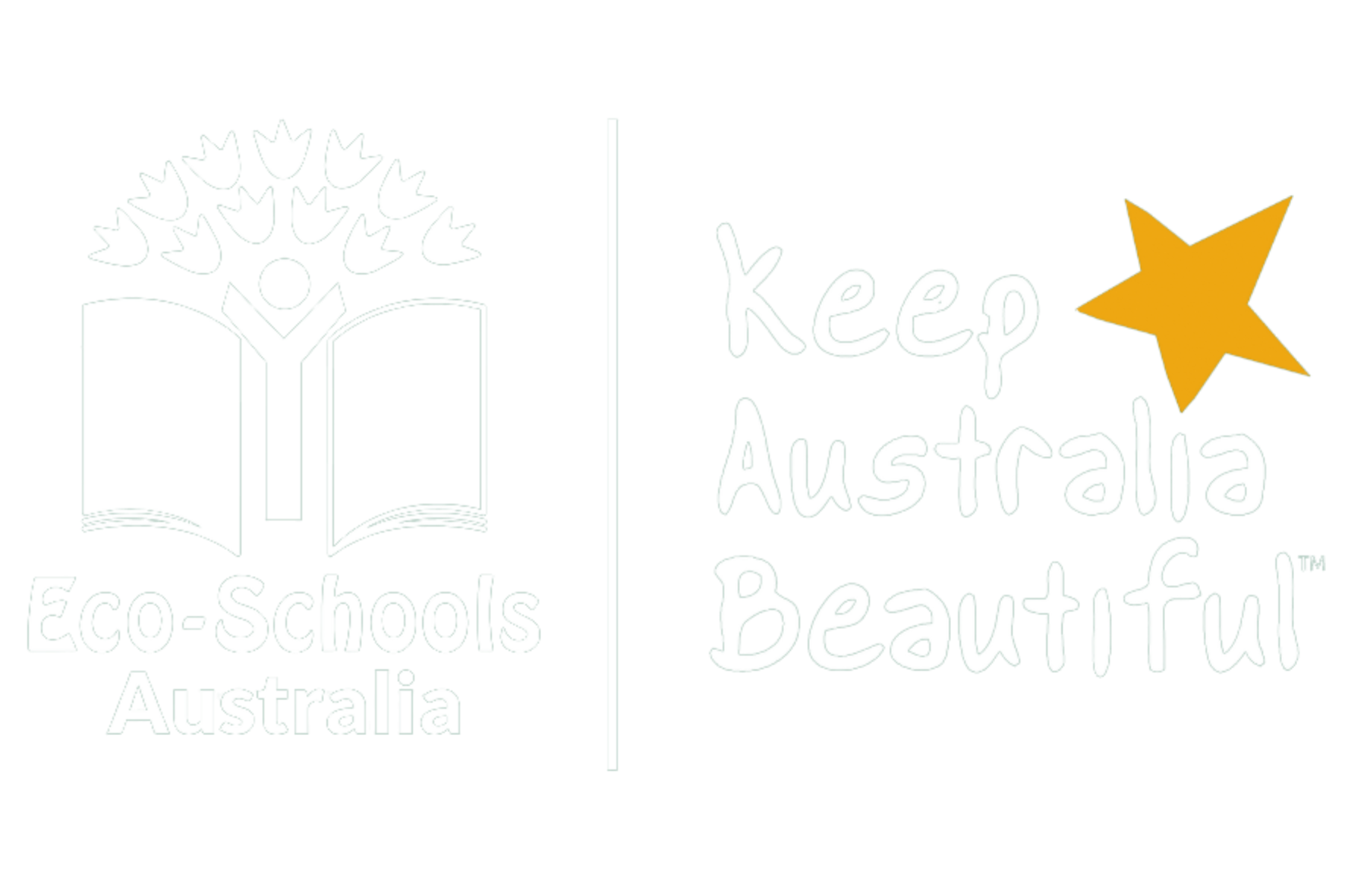Australia is home to an incredible array of unique species. Whether your school is located in the outback, rainforest or inner city, we all have a responsibility to conserve the incredible variety within, and between, all life species: animals, plants, right down to micro-organisms.
In this Theme you will discover, understand and enhance their local environment through identifying local inhabitants/species and conserving their homes.

Ideas and Inspiration
- Creating a native plant, bush tucker garden to rejuvenate a local Australian ecosystem
- Ensuring diversity of flowers for bee populations
- Creating homes for local wildlife
- Discovering the local insects, birds and animals
- Contributing to citizen science initiatives
- This theme offers you a chance to engage first-hand with the natural environment and consider the impact our lifestyle choices and purchases have on the natural environment.
Some helpful resource links:
| A citizen science project. Students can download the FrogID app to collect information including frog calls and photos to share with scientists who analyse the data in order to support protection and conservation of frogs in Australia. |
This website provides links to a range of information aboute native bees. It also gives detailed instructions on how to make Bee Hotels and grow Bee friendly gardens. Great practical activities for all ages
| This site provides a large range of activities for students of all agents in both Science and Mathematics. For example, year 7 students can use the ALA website to log sightings of different plant and animal species and then engage in activities that cover topics in the Australian Curriculum such as classification. |
| This is an education series produced by the GBRMPA since 2003. The latest one produced in 2020 is for junior classes and includes a workbook with activity sheets that helps students understand some Reef animals and actions to protect them and the Reef. |
Eco Snapshot Data Collection Sheet : Biodiversity
Developed by Camden Park Environmental Education Centre, this resource can be used by both primary and high school students with varying levels of teacher support.
Environmental and zoo education centres (EZEC) are NSW public schools staffed by trained teachers. EZEC have partnered with Eco-Schools Australia to guide schools to a more sustainable future.
NSW schools can find their local EZEC here.
Gardening Buds Early Education Guide
Early Education Resources from the ABC! Guides, practical ideas and helpful curriculum links.
Dirt Girl World
This site provides activities, videos and other resources for young students and a family-friendly and interactive online space! It has been curated so kids can use it, without needing supervision from their grown-ups. But it’s for everyone who is young at heart!
Koala Smart
Koala Smart is a conservation project-based learning program. It includes free resources including completed lesson plans to help incorporate conservation and protection of koala habitat into the curriculum. Register here!
This is a resource pack for year 4+ students on wetlands and food webs. Resources provided include worksheets, food web cards, posters and a activity on how to make a natural biofiltration system.
| This is an interactive simulation where students can learn about natural selection. It also enables younger students to learn about what happens to the population of rabbits if there are no top predators (wolves) in the environment. A fun way to introduce the importance of biodiversity. |
Australian Museum Biodiversity
| This link takes you to a range of resources related to biodiversity including what biodiversity is, why biodiversity is vital, what is happening to Australia’s biodiversity? This is a good resource to introduce students to the importance of biodiversity. |
| Although 10 years old, this article provides a very good overview with statistics and data about what biodiversity is and why it matters. It provides data on the number of species in the world vs Australia and covers terrestrial, inland aquatic and marine ecosystems. It also discusses the decline of biodiversity in Australia and outlines the major threats in Australia including invasive species and unsustainable use of natural resources, pollution, changing fire regimes and changing climate. |

